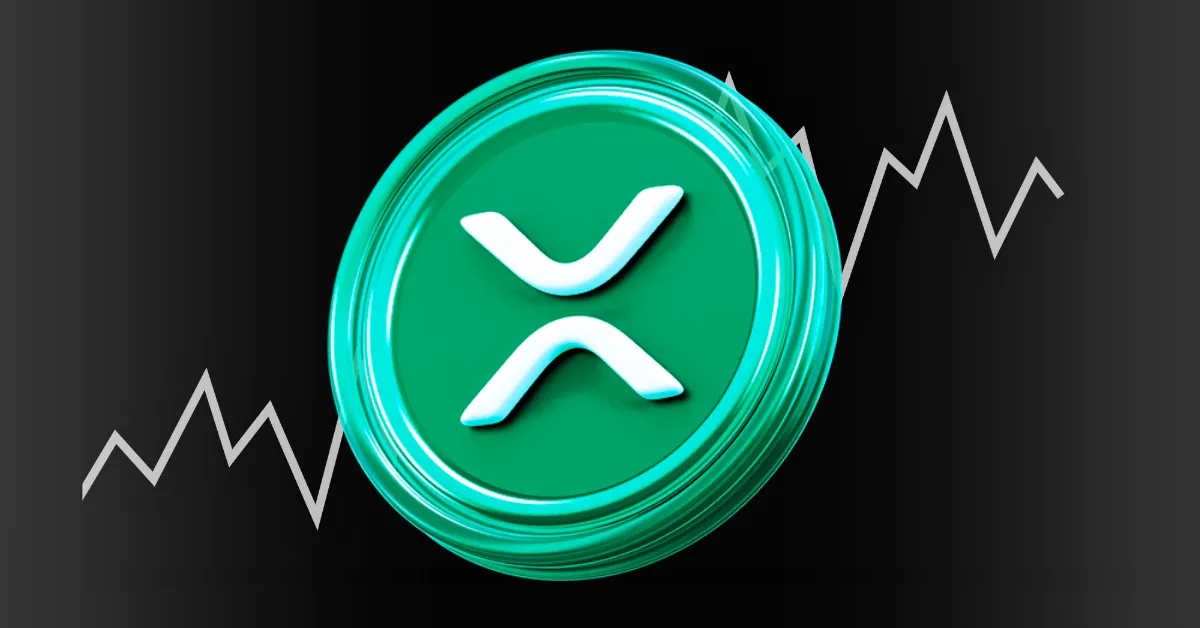
As cryptocurrencies continue to gain mainstream acceptance, many investors wonder how useful their crypto is in daily life. In a big development, the U.S. Federal Housing Finance Agency took a bold step by allowing cryptocurrencies to be counted as assets in mortgage applications.
This new rule means crypto holdings can now help people qualify for loans. It’s a positive move for crypto users and a sign that digital assets are becoming a regular part of the financial system.
From rising prices to new rules that recognize digital assets, XRP is stepping out of the trading charts. How much XRP would you need to purchase a home in the United States? Let us explore the details as ChatGPT reveals the answer.
As of now, XRP is trading around $2.19. The median price for a typical home in the U.S. is approximately $420,000, though this can vary by state, city, and property type.
If one were to pay the full cost of the home using XRP, one would need about 192,000 XRP. This is calculated by dividing the home price of $420,000 by the XRP price at $2.19. This amount would cover a typical home purchase in an average market without a mortgage or loan.
A 20% down payment on a median-priced home would require approximately 38,400 XRP at the current market rate. In high-value real estate markets such as San Francisco or New York City, where property prices often exceed $1 million, the total XRP required for a full purchase could cross 450,000.
These figures clearly show how the number of tokens required rise with the property’s value. Also, XRP’s price is highly volatile, so the number of tokens needed may shift over time. At the current price of $2.19, purchasing a median-priced home in the U.S. would take approximately 190,000 to 200,000 XRP.
This shift is part of a larger trend. Japan’s Open House Group now accepts XRP for real estate purchases. Buyers can use XRP to purchase properties in cities like Tokyo and Osaka. The company, already supporting Bitcoin and Ethereum, recently expanded its crypto payment options to include XRP, SOL, and DOGE.
Dubai is also using XRP Ledger to Tokenize Real Estate. These moves reflect a growing global trend of using XRP for real-world payments.
It expands borrowing options by allowing crypto holdings to be counted as assets, potentially improving your financial position for lenders and making it easier to qualify for home loans without selling your crypto.
The main risk is XRP’s price volatility. A significant drop could trigger a “margin call,” requiring you to add more collateral or face potential liquidation of your XRP.
Yes, XRP’s volatility could impact long-term qualification. Lenders may require higher collateral ratios or impose conditions to mitigate risk from price swings, affecting loan terms or ongoing eligibility.
CoinPedia has been delivering accurate and timely cryptocurrency and blockchain updates since 2017. All content is created by our expert panel of analysts and journalists, following strict Editorial Guidelines based on E-E-A-T (Experience, Expertise, Authoritativeness, Trustworthiness). Every article is fact-checked against reputable sources to ensure accuracy, transparency, and reliability. Our review policy guarantees unbiased evaluations when recommending exchanges, platforms, or tools. We strive to provide timely updates about everything crypto & blockchain, right from startups to industry majors.
All opinions and insights shared represent the author's own views on current market conditions. Please do your own research before making investment decisions. Neither the writer nor the publication assumes responsibility for your financial choices.
Sponsored content and affiliate links may appear on our site. Advertisements are marked clearly, and our editorial content remains entirely independent from our ad partners.
The Bank of North Dakota has joined the stablecoin race. In close collaboration with Fiserv…
Analyst Jesse from Apex Crypto Consulting says XRP could play an important role in a…
Ethereum price has bled hard after facing a strong rejection around the $4,700 level. In…
When a crypto analyst recently predicted that the XRP price could hit $100 by 2030,…
Seychelles, 8th October, 2025 - Global cryptocurrency exchange Zoomex today announced a landmark partnership with…
Timing has always been everything in crypto. Those who recognize momentum early often capture the…